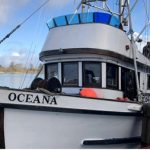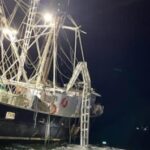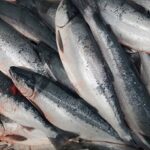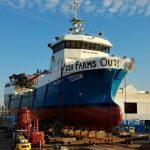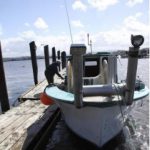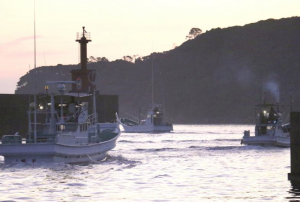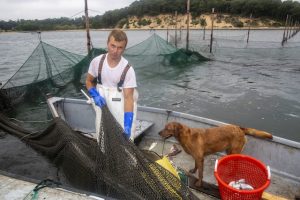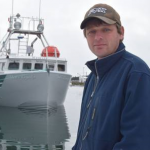Tag Archives: reefnetting
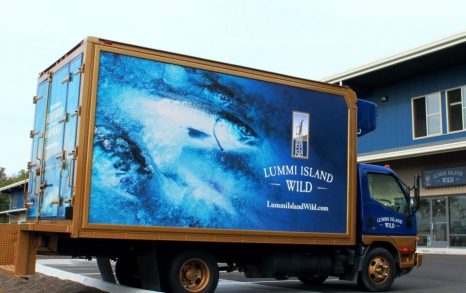
Lummi Island Wild Takes to the Streets with a Little Help from Signs Plus, Inc.
With eight of the only twelve reefnetting commercial fishing organizations in the world right here in Whatcom County, Lummi Island Wild is among the unique and truly sustainable businesses that bring our local fish to our grocery stores and ultimately our dinner tables. Lummi Island Wild, a locally-owned cooperative business, takes fishing and quality very seriously. From the fishing to the processing, they are part of every step – ensuring the highest quality of their products.,, Reefnetting, a historic Pacific Northwest fishing method, involves a spotter who calls to have the nets raised when he sees a school of salmon in place. The salmon are then rolled over the platform and into holding tanks full of seawater where they are allowed to rest. At that point, any unwanted bycatch is released unharmed back into the sea. “We do it differently and we do it better,” says Keith Carpenter, President and Executive Director of Lummi Island Wild. “We are committed to making things better.” click here to read the story 09:50
For Lummis, fishing is more than a living — it’s a way of life
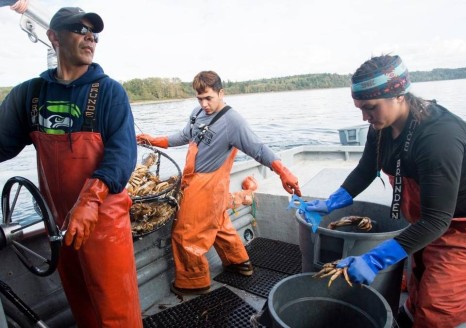 Members of Lummi Nation say that for them, fishing is different. Tribal and nontribal fishers alike must keep to the seasons and mind their catch quotas. Still, for most Washington residents, fishing is a privilege granted by the state government, said Jay Julius, a Lummi member who has a seat on the tribe’s council. The tribe, on the other hand, has been fishing for 150 generations, Julius said. “To us, culture is fish and fish is culture,” he said. “It’s more than a privilege, it’s who we are. “It’s in our DNA.” Read the rest here 13:24
Members of Lummi Nation say that for them, fishing is different. Tribal and nontribal fishers alike must keep to the seasons and mind their catch quotas. Still, for most Washington residents, fishing is a privilege granted by the state government, said Jay Julius, a Lummi member who has a seat on the tribe’s council. The tribe, on the other hand, has been fishing for 150 generations, Julius said. “To us, culture is fish and fish is culture,” he said. “It’s more than a privilege, it’s who we are. “It’s in our DNA.” Read the rest here 13:24
Jerry Anderson might not be Native American like the first reefnetters, but that doesn’t mean the ancient fishing practice doesn’t run in his blood.

When Jerry Anderson started reefnettingon Lummi Island in 1943, he was only ten. At the time, reefnet boats were essentially large canoes, built with planks over a wooden frame. The headstand — the tower a reefnetting crew stands on to look for fish — was made of wood and stood no more than 10 feet tall. Like today, fishermen stood watch on the headstand for schools of fish, then caught them in a net suspended between two boats. Power winches wouldn’t appear until the early 1960s. Fifty years later, the stand would be made of welded aluminum and rise 20 feet above a wide and stable barge. more@crosscut This method of fishing results in the best quality wild salmon possible. more here 12:52

































